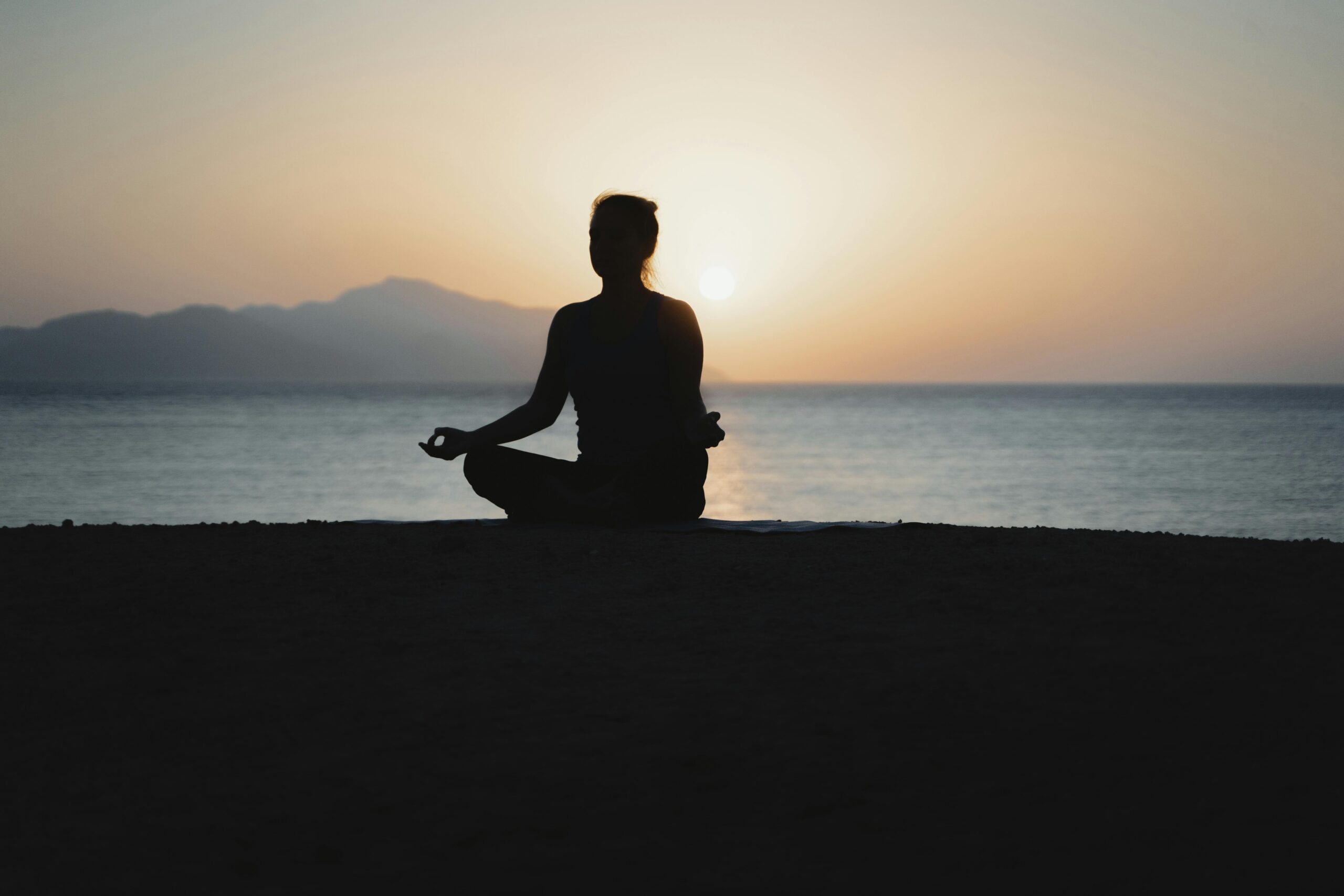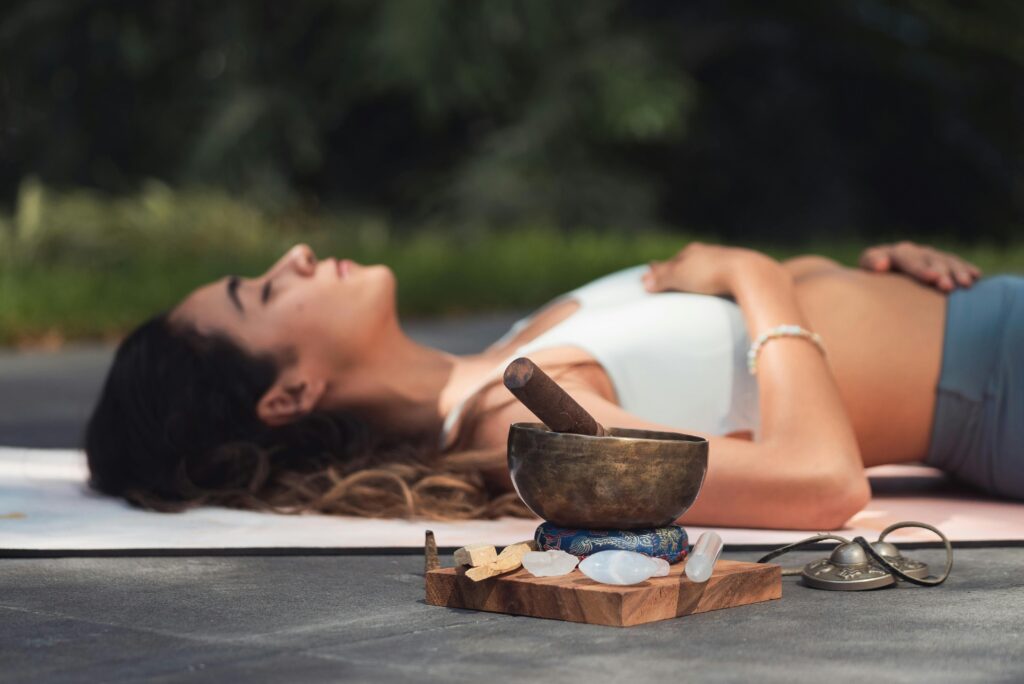Grounding Techniques for Anxiety: Simple Ways to Feel Calm
Anxiety can feel overwhelming, making it hard to focus or feel in control. If you experience anxious moments, grounding techniques are powerful tools that can help you feel safe and calm. These practical tools use your senses to bring your mind back to the present. Whether you struggle with panic attacks, intense emotions, or everyday stress, grounding exercises can be a helpful part of your daily routine.
In this guide, you’ll learn simple exercises that help manage anxiety. These methods work by focusing on physical sensations, thoughts, and breathing to create a sense of stability and sense of control. Let’s explore the best grounding techniques for anxiety!

What Are Grounding Techniques?
Grounding techniques help bring your focus to the present moment. They use sensory grounding techniques to redirect your mind away from anxious thoughts. Many people use them to manage distressing feelings and regain a sense of comfort.
There are three main types of grounding techniques:
- Physical grounding techniques (using touch and movement)
- Mental grounding techniques (using thoughts and focus)
- Breathing techniques (using deep breaths to calm the body)
Physical Grounding Techniques
1. 5-4-3-2-1 Grounding Technique
This is a well-known anxiety grounding technique that uses your senses to bring you back to the present.
- 5 things you can see (a book, a clock, a plant, your hands, the floor)
- 4 things you can touch (a smooth stone, your clothes, your chair, a soft pillow)
- 3 things you can hear (a ticking clock, birds outside, a fan)
- 2 things you can smell (a scented candle, fresh air)
- 1 thing you can taste (sip of water, a piece of gum)
2. Holding an Ice Cube
Feeling cold water or an ice cube in your hand can quickly shift your focus from anxious thoughts to physical sensations.
3. Using a Smooth Stone
Carrying a smooth stone in your pocket gives you something to touch when feeling anxious. This can create a sense of stability and comfort.
4. Warm or Cold Water
Run your hands under warm water or splash your face with cold water to bring awareness to your body.
5. Tense and Relax Muscles
Try an active muscle tension exercise:
- Squeeze your hands into fists for 5 seconds, then relax.
- Shrug your shoulders up, then drop them.
- Press your feet into the floor and release.

Mental Grounding Techniques
6. Describe Your Surroundings
Look around and name:
- Colors you see
- Objects around you
- The temperature in the room
7. Count Backwards
Pick a number (like 100) and count backward in groups of 3 (100, 97, 94…). This mental exercise keeps your brain engaged and away from anxiety triggers.
8. Think of Your Favorite Meal
Imagine the smell, taste, and texture of your favorite meal. This engages your sense of taste and distracts your mind from distressing emotions.
9. Say Positive Reminders
Repeat gentle reminders like:
- “I am safe right now.”
- “This feeling will pass.”
- “I am in control of my thoughts.”
10. Imagine a Safe Space
Close your eyes and picture a safe space, like a beach or forest. Think about the sounds, smells, and feelings of being there.
Breathing Techniques for Anxiety
11. 4-7-8 Breathing
This breathing exercise slows your heart rate and calms your body.
- Breathe in for 4 seconds.
- Hold your breath for 7 seconds.
- Exhale slowly for 8 seconds.
12. Box Breathing
A simple exercise used by the military to stay calm:
- Inhale for 4 seconds.
- Hold for 4 seconds.
- Exhale for 4 seconds.
- Hold again for 4 seconds.
13. Diaphragmatic Breathing
Also called deep breathing, this technique helps with shallow breathing during anxious moments.
- Place one hand on your chest and one on your belly.
- Inhale deeply through your nose so your belly expands.
- Exhale slowly through your mouth.
Making Grounding a Daily Routine
Using grounding techniques every day makes them more effective. Here are some ways to build them into your daily routine:
- Start your day with mindful breathing.
- Carry a small object, like a smooth stone or scented item.
- Use a grounding method before bed to relax.
- Try mindfulness meditation or three-minute breathing space meditation.
- Seek help from a mental health professional if anxiety affects daily life.
When to Seek Professional Help
If anxiety feels overwhelming or affects daily activities, talking to a mental health professional can help. Many places offer support, such as:
- Online therapy services like Lyra Health.
- Behavioral Health Partners and Acenda Integrated Health.
- Outpatient psychiatric programs for more support.
Grounding techniques are valuable tools, but they are not a replacement for therapy for anxiety or other mental health treatments.

FAQs About Grounding Techniques for Anxiety
1. What are grounding techniques used for?
Grounding techniques help bring focus to the present moment, reducing anxious feelings, stress, and intense emotions.
2. How do you ground yourself during an anxiety attack?
Use physical techniques like holding an ice cube, practicing deep breathing exercises, or doing the 5-4-3-2-1 grounding technique.
3. Can grounding techniques help with panic attacks?
Yes! Powerful grounding techniques like diaphragmatic breathing and muscle tension exercises can help calm your body and mind.
4. What is the easiest grounding technique?
A simple technique is deep breathing. Try the 4-7-8 breathing or box breathing method to calm anxiety fast.
5. Do grounding techniques work for everyone?
Grounding techniques can help many people, but everyone is different. Some may need additional therapy or other mental health treatments.
Visit SAMHSA or contact us today for more information.





